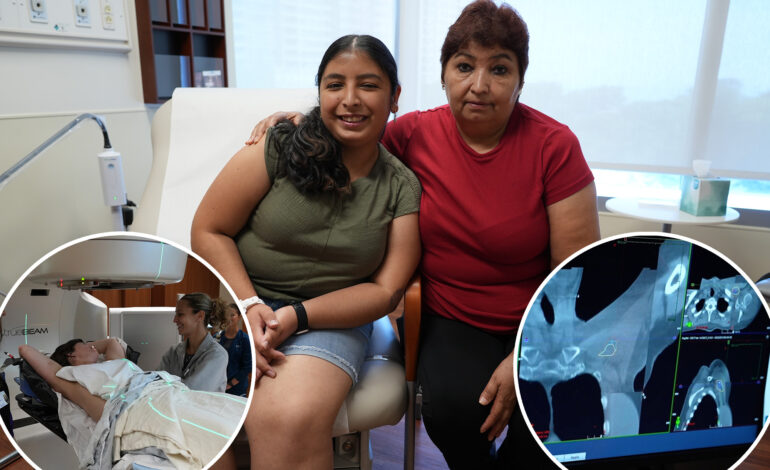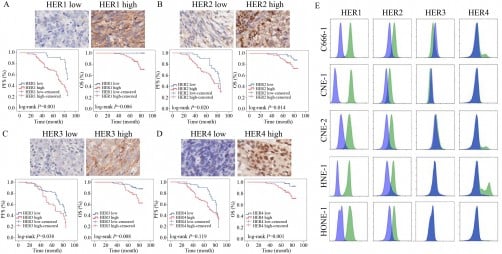Teen Diagnosed with Rare Cancer After Months of Misdiagnosis

Liliana “Lili” Castaneda, a 14-year-old from Chicago, faced a harrowing journey to receive a proper diagnosis after experiencing unusual symptoms during the COVID-19 pandemic. Initially dismissed as “pandemic stress” by her local doctor, Castaneda was ultimately diagnosed with clear cell carcinoma, a rare form of vaginal cancer typically found in postmenopausal women.
Early Symptoms and Misdiagnosis
On her 14th birthday in March 2020, Castaneda noticed alarming symptoms. Finding a splotch of red in her underwear, she initially felt a sense of hope, believing she might have started her menstrual cycle. Born with Turner’s syndrome, which often results in the absence of menstruation, she had never experienced this before. However, what started as light spotting escalated into severe bleeding that left her feeling dizzy and fatigued.
Despite these alarming symptoms, her doctor attributed the bleeding to the emotional strain caused by the pandemic, as schools transitioned online and her father tested positive for COVID-19. Following the doctor’s advice, she was prescribed birth control, which only partially alleviated her symptoms. “I was worried, scared, and nervous,” she recalled, as the bleeding persisted for five more months without a clear explanation.
A Life-Changing Diagnosis
After a series of tests yielded no answers, an ultrasound revealed something unexpected within her vaginal tract. A subsequent referral to a specialist led to a pelvic exam and a biopsy, ultimately confirming her diagnosis of clear cell carcinoma. “It was shocking,” Castaneda said. “I was scared, but I was more relieved I had answers.”
Dr. Dario Roque, a gynecologic oncologist at Northwestern Medicine’s Lurie Cancer Center, noted that most of his patients with this type of cancer are typically in their 60s. At just 14, Castaneda was among the youngest patients he had treated for this rare condition.
Due to the unique nature of her cancer, local children’s hospitals in Chicago were unable to accept her case, complicating her path to treatment. Communication barriers with her Spanish-speaking parents also added to the challenges she faced. Eventually, she found care at Northwestern, where she was placed under Roque’s guidance.
Treatment and Recovery
When diagnosed, the tumor on Castaneda’s cervix was about the size of a golf ball. Dr. Jonathan Strauss, her radiation oncologist, explained that surgery was not an option due to the tumor’s size. Instead, they employed a combination of external and internal radiation therapy, along with chemotherapy, to reduce the tumor.
After the initial round of treatment, the bleeding that had plagued Castaneda for months ceased. In total, she underwent 30 rounds of radiation and five rounds of chemotherapy, often listening to music from Taylor Swift to help her cope. By March 2021, she was declared cancer-free, nearly a year after her symptoms first appeared. “I was so relieved,” she said. “I was grateful. I was excited.”
Now at 19, Castaneda is pursuing a nursing degree, inspired by the medical team that supported her during her treatment. She aims to empower other young women to seek medical attention when something feels wrong. “Don’t be ashamed,” she advises. “Never brush anything off. Just get it checked.”
Castaneda’s journey highlights the importance of advocating for one’s health and the need for healthcare providers to recognize rare conditions, even in young patients. Her story serves as a reminder that early diagnosis and treatment can save lives.






